In the early days of smartphones when the technology was still in its infancy stages, refreshes to hardware was exciting. We went from single-core phones, to duo-core, quad-core, and now octa-core. The jump in performance was also quite huge and noticeable, which is why it made sense for users to constantly upgrade their phones as the difference in speed was obvious.
These days we’re still seeing an increase in performance, power efficiency, and so on, but for the most part it can’t quite be felt the same way. This is because for the most part, the majority of smartphone users don’t rely on processor-intensive applications as most people probably use their phones to surf the web, watch videos, send messages, and check their emails.
Also, since phones are less customizable compared to PCs, developers in a way are “forced” to optimize their apps based on current hardware, meaning that creating an app that goes beyond what’s currently available doesn’t make sense.
That being said, a recent report has suggested that some smartphone makers are looking to increase the amount of RAM we’re seeing in smartphones today, bumping it up from the 12-16GB of RAM we find in most phones to a whopping 24GB.
While more RAM is good, like being able to keep your apps open when you return to it and not having to wait for it to load again, we’re not sure if we’re at the point where more RAM on our phones is what we need. Instead, here are some things we would much rather see smartphone makers introduce in their phones.
Larger camera sensors

We’ve said this many times before, but having more megapixels in our phone’s cameras isn’t always a good thing. To a certain extent, it’s more of a marketing gimmick because since we mostly upload our photos to social media these days, or view it on our small (relative to monitors) phone screens, having a photo with a super high resolution doesn’t mean much.
Instead, we’d rather see more phone makers adopt larger sensors. We’ve already seen a couple of companies turn to larger 1-inch sensors. A larger sensor basically means more light and data that can be captured, which in turn can improve the overall quality of a photo. This is why dedicated cameras continue to exist, despite the fact that smartphone cameras and its software have come a long way from when they were first introduced.
We’re not sure why more companies aren’t using these 1-inch sensors. It could be due to cost, but honestly, if there is going to be a hike in phone prices, I’d much rather pay for a better-quality sensor rather than more RAM.
Solid state batteries
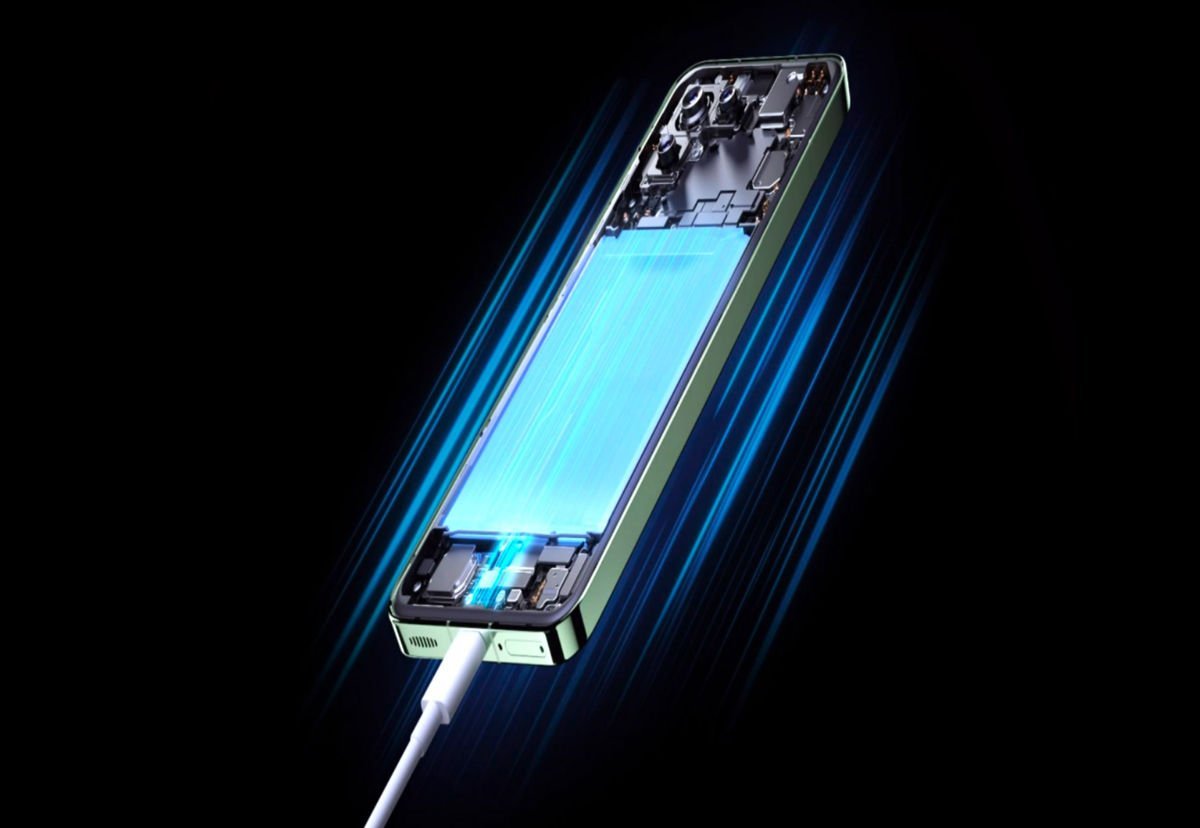
Over the years, we’ve seen a lot of research done on batteries for our electronics. Despite all the advancements, lithium-ion batteries are still pretty much the de facto battery type that laptops, phones, and tablets use today.
That being said, solid-state batteries appear to be the front contender in terms of batteries that could succeed li-ion but they have yet to be properly implemented in our phones. One major benefit of solid-state batteries is that they’re generally regarded as safer, as they do not face the issues that li-ion batteries face when damaged, like swelling up and exploding or catching on fire.
They are also more energy dense, meaning that a solid-state battery the same (physical) size as a li-ion battery will be able to store more energy, which means phones that can last longer and will not require users to charge their phones every day. As to why they haven’t been implemented yet, the cost is another reason, but once again, wouldn’t you rather pay more for a phone whose battery could last you longer than for more RAM?
Replaceable batteries

When feature phones first launched, battery life was terrible, but to be fair the tech was new and to make up for it, phones were designed to have their batteries easily removed and swapped out for a new phone. This could be done without having to unscrew the phone and pry apart the battery.
This is versus today’s phones where batteries are replaceable, just not by the end-user, and some phone makers might even use glue to glue components together which makes removing and replacing batteries a massive pain (not to mention expensive).
The good news is that this feature could be making a return. The EU has recently put forward a new ruling which says that batteries in electronics need to be user-replaceable. Once this law goes into effect, phone makers will be forced to come up with new designs so that batteries can be easily replaced.
We’re all for it because it also means that once a battery starts losing its charge, in theory, we would be able to easily swap it out for a fresh one and keep our phones around for much longer than a couple of years.
Storage expansion
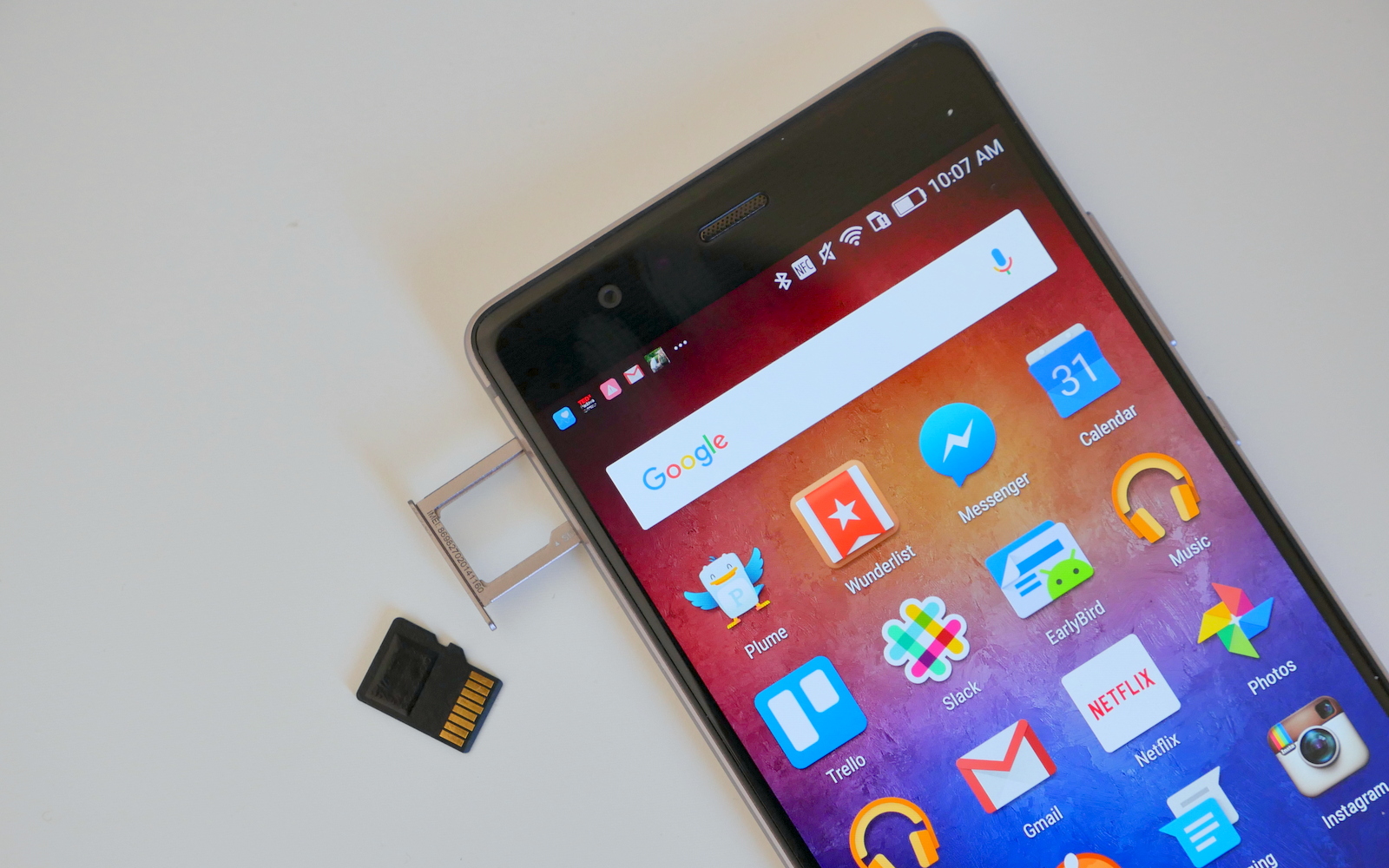
It used to be that the majority of smartphones would come with the option to increase their base storage with memory cards, but many phone makers have since moved away from that design. There are several reasons for this.
One of the reasons is money. Going from one storage tier to the next is quite an expensive jump, and it’s an easy way for companies to increase their profit margins. The second reason is that generally speaking, microSD cards aren’t quite as fast compared to native storage which makes it difficult to install and run apps directly from the memory card as opposed to the onboard storage.
If phone makers could find a way to improve on this, or maybe find an alternate memory source, then this is a hurdle that could be overcome.
Conclusion
While we can see the benefits of more RAM in our phones, the list above is some of the features we’d much rather see in terms of smartphone development. It is possible that one day these features might become the new standard in our phones, and for the most part, all of these features are feasible, it’s just a matter of cost and whether or not it’s worth pursuing from a business perspective.

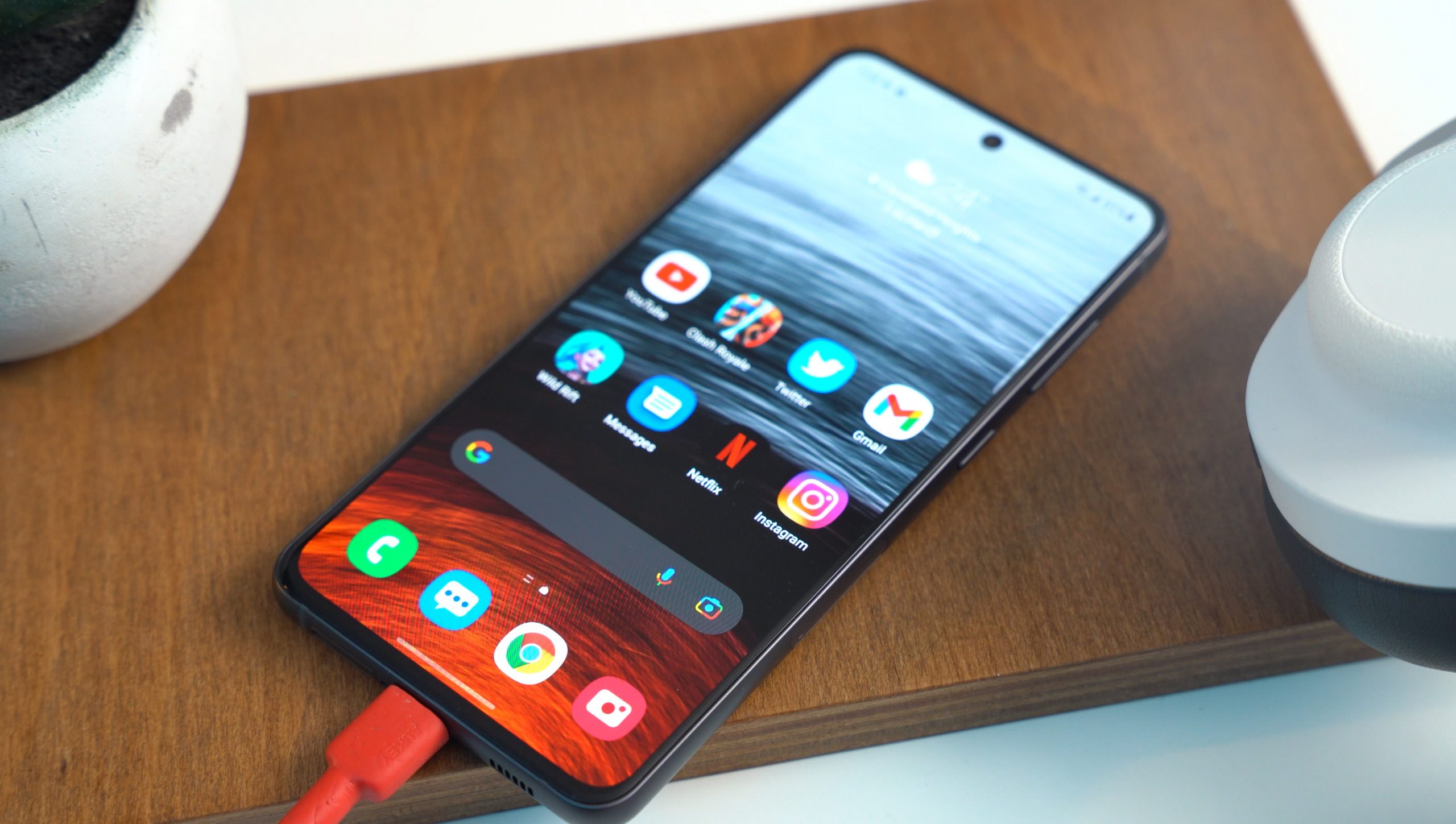








Comments